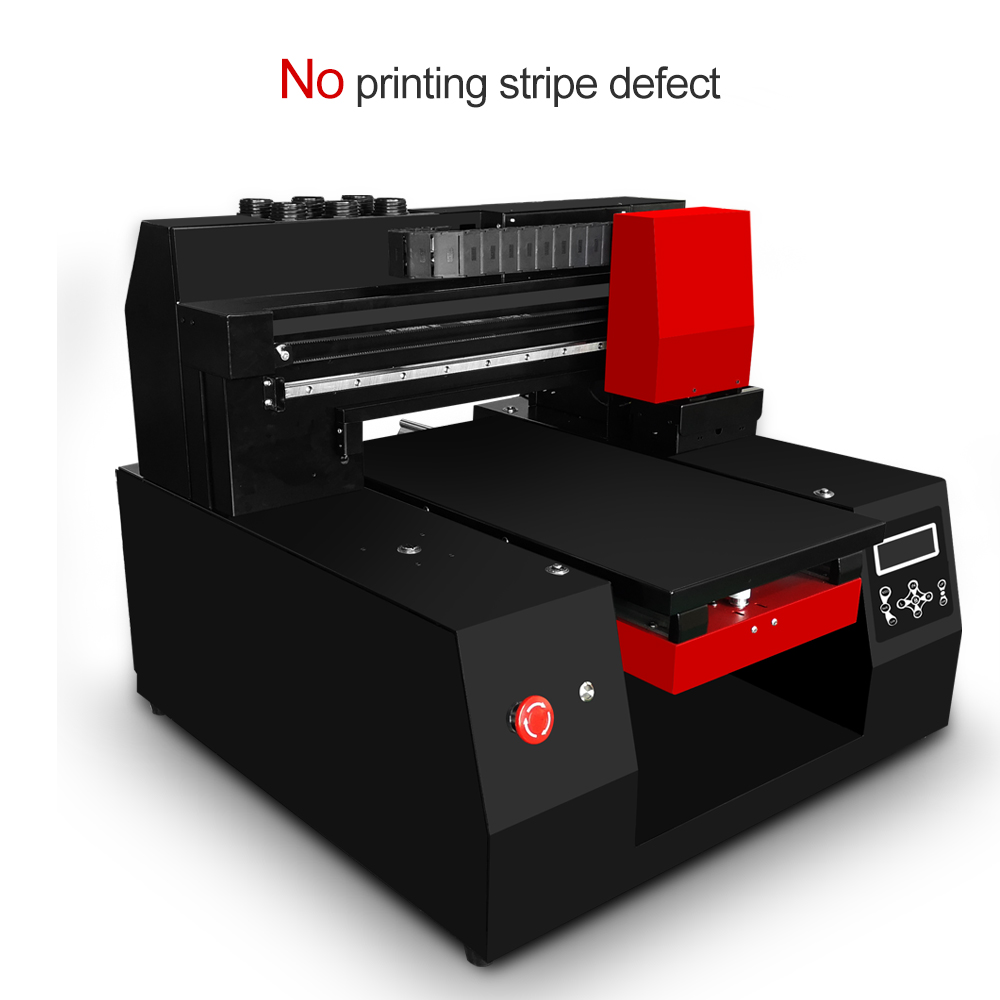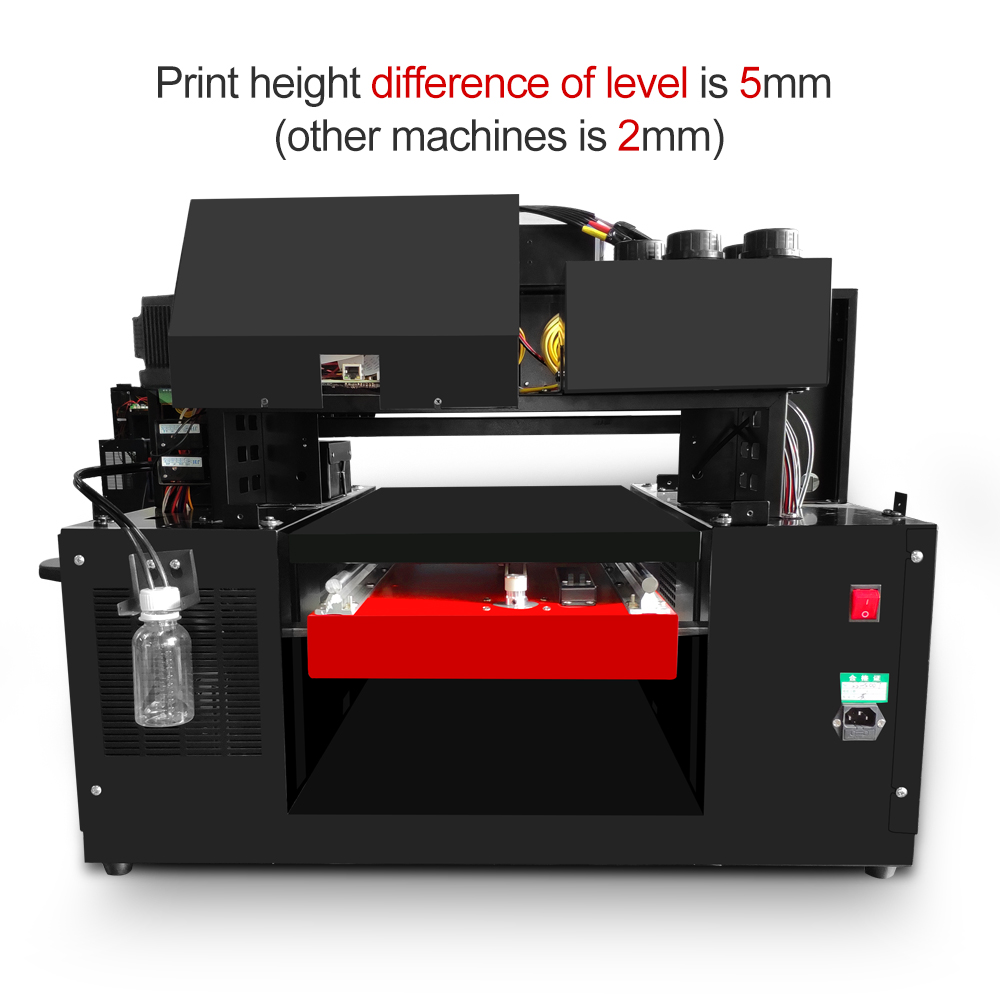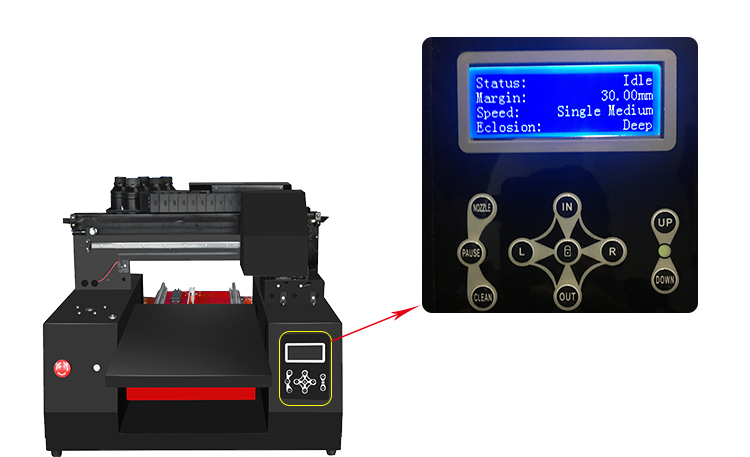Cryogenic shut-off valve is a device that works in low-temperature gas hydrogen or liquid hydrogen medium to switch on or off the pipeline medium. This paper introduces a cryogenic shut-off valve used on a hydrogen-oxygen engine test bench. A failure analysis is performed to solve the problem that the valve cannot be operated during use. By improving the structure, the valve operates normally in the test system.
2, structural features
2.1 Technical parameters The technical parameters of the cryogenic stop valve are as follows.
Working medium cryogenic gas hydrogen, liquid hydrogen nominal diameter 65mm
High use pressure 25MPa
Lowest use temperature Liquid Hydrogen Temperature Actuation Pneumatic (cylinder two-way ventilation)
Operating gas nitrogen, 5±012MPa
Connection method Flange type 2.2, Structure Low temperature stop valve consists of valve body, valve disc, stem and cylinder. Valve body, valve cover and valve stem are all made of stainless steel and the valve is made of copper. The upper and lower valve stems are insulated with epoxy phenolic laminated FRP plate in the middle. The flange sealing surface adopts aluminum gasket, the packing uses PTFE, and the cylinder uses double special seal to reduce the friction. The valve adopts polyurethane as a whole. Foam insulation.
3, design
3.1. Material Selection The cryogenic propellants used in space rockets are generally liquid hydrogen, liquid oxygen and fluorine. Therefore, the valve materials are required to be resistant to low temperature, corrosion resistance and compatibility with low temperature media and have relatively low thermal conductivity. At present, the use of more metal materials are austenitic steel, copper or aluminum, non-metallic materials are glass steel, PTFE, etc.
Considering metallurgical considerations, austenitic steels, copper, and aluminum with face-centered cubic lattices in metallic materials do not exhibit low-temperature brittleness at low temperatures. However, due to the low hardness of aluminum and aluminum alloys, the wear resistance of aluminum sealing surfaces is not high. , Scratch resistance is poor, so there is a certain limit in the use of low temperature valves, only used in low pressure and small diameter valves.
Cryogenic valve gaskets must have reliable sealing and resilience at room temperature, low temperature, and temperature changes, so gasket materials with small variations in performance are generally chosen. Such as impregnated with PTFE asbestos fillers or molding plastic parts fillers, and FRP because of the small thermal conductivity, mostly used as thermal bridge components.
3.2. Sealing structure When the closing part is designed, the valve seat adopts a harder material—stainless steel, and the valve flap adopts a softer material—copper. When the austenite changes phase at a low temperature, the sealing surface is uneven. The soft material deforms under the action of the operating force to fit tightly with the valve seat, compensates for material deformation caused by thermal stress and tissue stress, and solves the problem of sealing under high pressure and low temperature conditions.
3.3, heat insulation structure to better achieve the low temperature cut-off valve insulation, the valve cover is designed into a slender structure, lengthened thermal bridge, to prevent the stuffing box part of the valve stem and the upper part of the valve cover Frosting of parts affects the use. Using a heat-insulating pad (epoxy phenolic laminated glass fiber cloth), the valve stem is divided into upper and lower parts to reduce heat flow and achieve thermal insulation. The overall use of external insulation valve form, the use of polyurethane foam insulation, layer thickness 200mm.
4, fault analysis
After the cryogenic stop valve was applied to the test system, an inoperable failure occurred. After the disintegration of the valve, it was found that the valve stem and the valve cover had engaged, and there were two deep scratches at the symmetrical position of the center line of the stem surface, and there were also two positions corresponding to the lower flange of the valve cover. Scratches. After analysis, the cause of the failure has two aspects.
(1) Storage period The valve is placed horizontally and opened during storage. The valve stem and the valve flap form a cantilever beam structure. The cantilever length is 147mm and the cantilever weight is 418kg. Due to gravity, the lower valve stem is bent, so that the deviation of the coaxiality of the lower valve stem and the flange of the valve cover is increased. The maximum deviation of the coaxiality in the original design was 0.1mm, and the deviation of the measured coaxiality after removal was approximately 0.4mm. Since both parts are made of OCr18Ni9 stainless steel, they cannot be lubricated at low temperatures, and they cause biting due to large misalignment during operation.
(2) During the processing period, the pin grooves on the valve cover are not processed according to the drawings (Figure 1). The square grooves in the drawings are processed into arc-shaped grooves, which affects the normal cooperation of the pins and the pin grooves, and the lower valve stem bears a lateral force, thereby causing interference between the lower valve stem and the valve cover.
5, improvement
For the problems in the analysis, the structure of the cryogenic shut-off valve was improved.
(1) The valve stem and the valve cover fit into a H62 copper sleeve at the lower stem <51mm (Fig. 2). Stainless steel OCr18Ni9 hardness 160HB, brass H62 hardness 56HB, in this way can avoid direct contact with the same material. Occurrence of occlusion. The valve cover lower flange hole <51mm to <57mm, with the lower valve stem with the corresponding clearance (H8/f7), both to ensure that the matching parts have a small dynamic friction, but also played a guiding role.
(2) Stem anti-rotation device The pin and pin groove are used to prevent the valve stem from rotating. Because the valves, stems, cylinders, and pistons of the valve are rotary bodies, whether the valve stem rotates will not affect its sealing and opening and closing performance. In order to prevent the lower valve stem from receiving lateral forces due to improper fitting of the pin and pin groove, the pin was eliminated.
6. Conclusion
The improved shut-off valve has good performance in actual use. Under normal circumstances, when the clearance of the low-temperature valve pair is appropriate, stainless steel can be used. However, if it is used for a long period of time when it is subjected to lateral forces or shaft deformation conditions, it is easy to cause seizure. Therefore, it is not necessary to use it. In addition, the valve should be placed vertically and used. When it is not used for a long time, the valve should be closed.
Phone case printer, also called uv led flatbed printer/UV Printer, belongs to Sapphire-Jet which is a multi functional LED UV Flatbed Printer that created by Shenzhen refinecolor technology co.,ltd. Phone case printer Printing on Glass Ceramic was built with industrial configuration as thicken aluminum profile, water cyculation cooling system, automatic detect UV Curing system... 6 color and max. 2880 dpi printing resolution. Can print on bend, cylinder objects, balls and bottles. Output with good 3D texture printing result.




Our phone case printer often using for phone case printing, It is easy for customizing printing and you can print any image in your computer with our printer.Customers can print their own photos, design and more from the photoshop or coreldraw software.
| Products name | Double XP600 Heads A3 Plus varnish Phone Case Printer A3 plus With Faster Speed |
| Model | RF-ZZ1/ZZ2 |
| UV lamp cooling system | Cycle water & air cooling + Heat sink |
| Printer head Protection | Intelligent Self Protect System |
| Printer Head | Double Printhead with XP600 (We also offer single printer) |
| 12 color printer(Ink support) | UV ink : CMYK+ 2gloss oil + 6 W |
| Ink system | Continue ink supply system with damper cartridge |
| Print Speed | 8 pass, 70s/A4 full size |
| Max Resolution | 16 pass |
| Max Printing Size | 330mm*600mm |
| Print Thickness | 0-200mm |
| Printer Size/packing size | 770mm*720mm*600mm / 98*83*78cm |
| Net/Gross/Volume weight | 52.5KG/88.5KG |
| UV lamp Temperature | 60 degree(UV lamp surface) |
|
|
|
| 40 degree (1cm far from lamp surface) | |
| Onekey to print aotumatically | Yes |
| Ink pump Automatically | Yes |
| Computer system | Windows system, Gigabit net, network adapter contain below character: Gigabit,GBE,10/100/1000M,RTL8169 |
| Standard Enclosure | Software 1 set, power line 1 set, Network line 1set, guidebook 1 set |
Phone Case Printer,Phone Case Digital Printer,Cell Phone Case Printer,Mobile Phone Case Printer,Phone Cell Printer
Shenzhen Refinecolor Technology Co., LTD. , https://www.szuvflatbedprinter.com